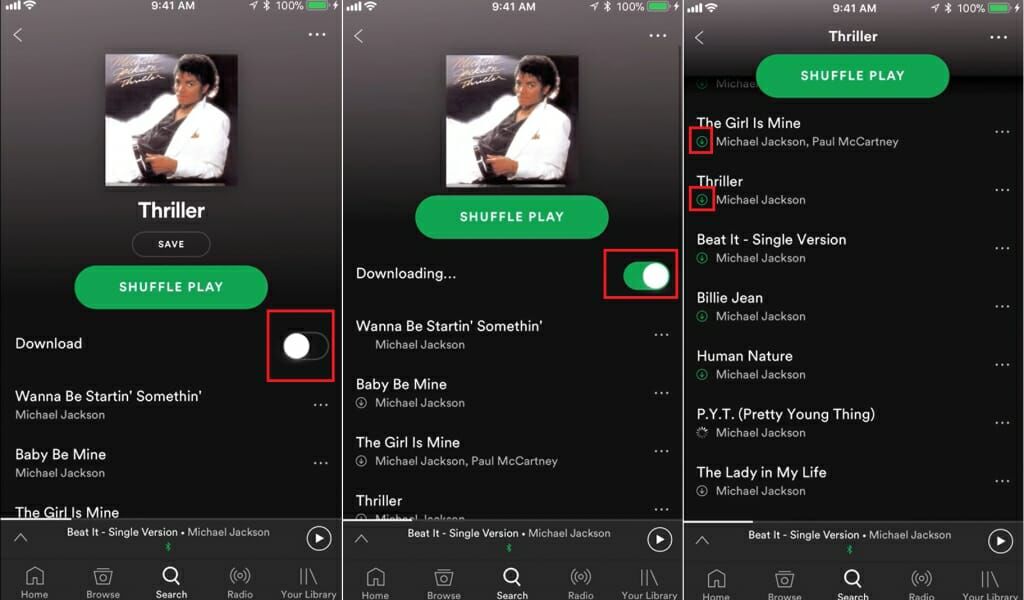

Step 11: Create a menu for options of searching a song or exiting the program. The modified print statement above in the code is the reason for readable JSON response. print(json.dumps(user,sort_keys=True, indent=4))Įxecute the Python file in the command prompt: python spotify.pyĪ Spotify authentication page would open in the browser, click on Agree. Python import json import spotipy import webbrowser username = 'Your_Username' clientID = 'Your_Client_Id' clientSecret = 'Your_Client_Secret' redirectURI = '' oauth_object = spotipy.SpotifyOAuth(clientID,clientSecret,redirectURI) token_dict = oauth_object.get_access_token() token = token_dict spotifyObject = spotipy.Spotify(auth=token) user = spotifyObject.current_user() # To print the response in readable format. Step 10: Check the output of the above steps by getting details of the user. Python import json import spotipy import webbrowser username = 'Your_Username' clientID = 'Your_Client_Id' clientSecret = 'Your_Client_Secret' redirectURI = '' # Create OAuth Object oauth_object = spotipy.SpotifyOAuth(clientID,clientSecret,redirectURI) # Create token token_dict = oauth_object.get_access_token() token = token_dict # Create Spotify Object spotifyObject = spotipy.Spotify(auth=token) Step 9: Create OAuth object, token and Spotify object. Python import json import spotipy import webbrowser username = 'Your_Username' clientID = 'Your_Client_Id' clientSecret = 'Your_Client_Secret' redirectURI = '' Step 8: Add the required credentials in the code file. Python # To access Spotipy import spotipy # To View the API response import json # To open our song in our default browser import webbrowser


 0 kommentar(er)
0 kommentar(er)
